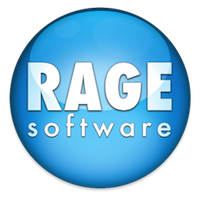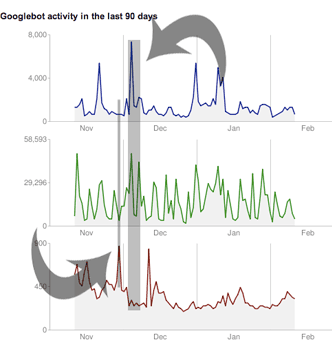Often we get customers who have no idea where to begin when it comes to search engine optimization. So today we are going to go over the very basics of SEO and what you can do right now to improve your search engine rankings today.
First and foremost we need to clear up some confusion about what it means to rank high in search engines. We get a lot of customers who say their website does not appear in Google or they are not coming up for broad keywords like “design shop” or “printing company”. So lets clarify what it means to have top rankings in search engines.
It isn’t very difficult to get your website into Google or other major search engines. It takes an XML Sitemap and a link or two from a third party website and within a few days you’ll be able to see your website listed in most major search engines when you do a search for your website domain name.
But how valuable is that really? How many of your customers are typing your domain name into Google? Certainly not new customers who have never heard of you. They will most likely be customers who have already heard of you from some other source. What you really want is to appear at the top of search engines for the keywords your customers are searching for. This usually is not a very easy task and can take lots of time before you actually start appearing on the first page for your targeted keywords. Hopefully after reading this article, you will have a better understanding of what you need to do.
There is no secret to search engine optimization. No special technique that you can employ to become the top ranking website. If there was, well, every site would try it and since there is only room for one top result, the strategy would never hold. The only thing you can do is apply techniques to your website that will put you in the best possible position to rank high in search engines. So here it is, everything a beginner needs to know about search engine optimization;
1. Choosing the right keywords
Determine the keywords you want to rank high for in search engines. Now keep in mind, this is not easy and its a never end task. You always want to be on the look out for more keywords that your customers may be searching for. To get started, download our free keyword research tool and enter your website URL. You will get some keyword suggestions. After selecting any of the keyword suggestions, you will get a list of related keywords that are actually being searched for right now in search engines. So you know that if you are ranking high for these keywords, you are guaranteed to get lots of traffic to your website. But how do you rank high for these keywords? We’ll get to that in just a second. For now, here are some strategies for choosing the right keywords;
- Avoid broad terms like “printing” or “graphic design”. Instead try to get as specific as possible by thinking about specific niche services that you provide or anything that may differentiate you from competitors. It is much easier to rank high for specific keywords than it is for broad keywords. Plus, with specific keywords you know your visitors will be more targeted and a better position to buy from your website.
- Think about targeting your keywords to your specific geographic location. Many potential visitors want local products or services and will actual type their current location when searching for these products.
RAGE SEKeyword, our free keyword research tool, will actually provide both specific keyword suggestions and suggestions based on geographic locations.
2. Put the keywords in the right places
Your next step is to make sure your website contains the keywords and keyword phrases you have come up with. keep in mind a few things;
- Your title tag, the text that appears in your browser’s title bar when you visit your website, is the most important place that your keywords should appear. Keep your title tag between 60 and 120 characters and include 2-3 important keywords and keyword phrases.
- Your anchor text, that is the text used to link between pages, is also a really important place to include your keywords. See our post on anchor text for more tips on how to properly use them.
- Other places to include your keywords is in your actual web page copy. Make sure you include your text as actual text and not pictures. Search engines can not read text within pictures. This is a common mistake made by iWeb based websites.
The goal here is to make your website an information resource. Even if you are focusing on selling a product, always make sure customers can return to your website to find important information related to the products or services your provide.
3. Make friends online
Your last, and most important strategy, is to get third party websites to link to your website. Every time another website links to yours, it is as if they are voting for your website and search engines use these votes to help determine where to rank your site. The more links you can obtain, the better it looks in the eyes of search engines.
Keep in mind that not all links, or votes, are created equal. A popular and established website in itself that links to your website will carry more credibility with their vote, than a new and relatively unknown website. There are many factors that determine a popular website and they can all easily be found for any website using RAGE Domainer. Not only that, but with RAGE Domainer you can even see who is linking to your website or your competitors websites. A good strategy is to try and get links from the websites that link to your competitors to link your website. RAGE Domainer makes it really easy to find these websites and discover which ones will provide the most credibility when they link to you.
Now remember, these tips will almost certainly improve your search engine rankings if you are just starting out. But remember, high search engine rankings takes time and there are no secrets, no matter what someone may have told you.
So good luck with your website and your search engine optimization. If you have not already done so, download RAGE SERank to see where your website currently ranks in over 50 search engines. Once you apply the strategies discussed above, wait a few weeks and check them again. See how you have improved and feel free to ask specific questions about your search engine rankings on the RAGE SEO Discussion Forum.

